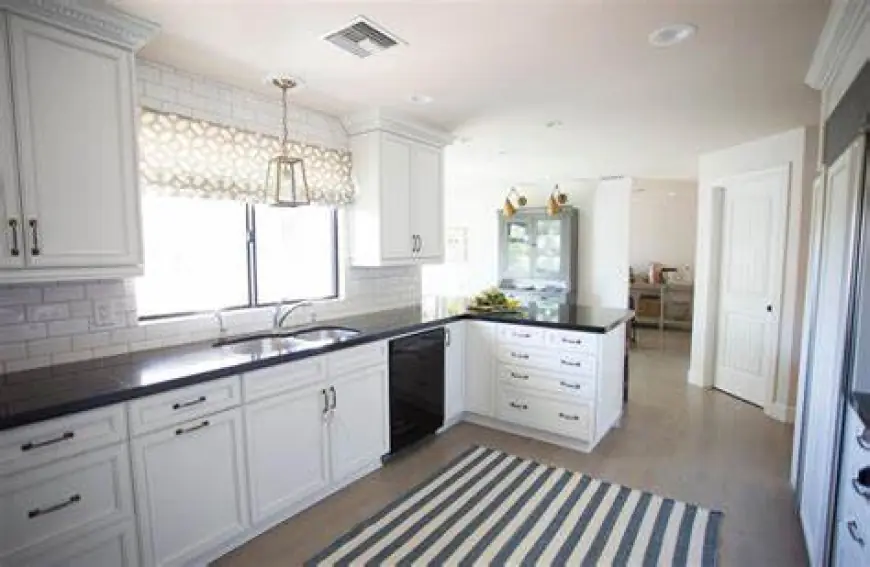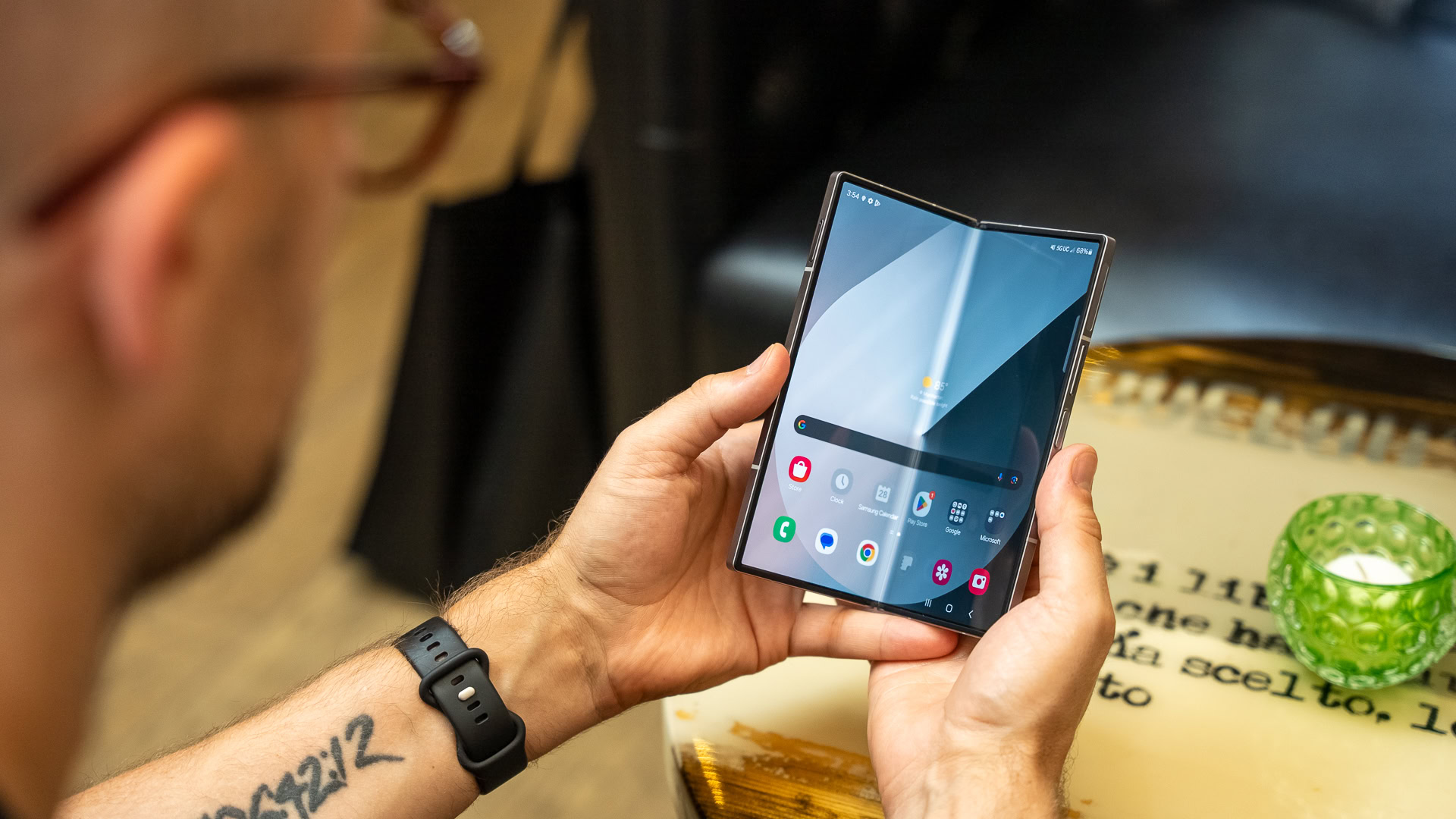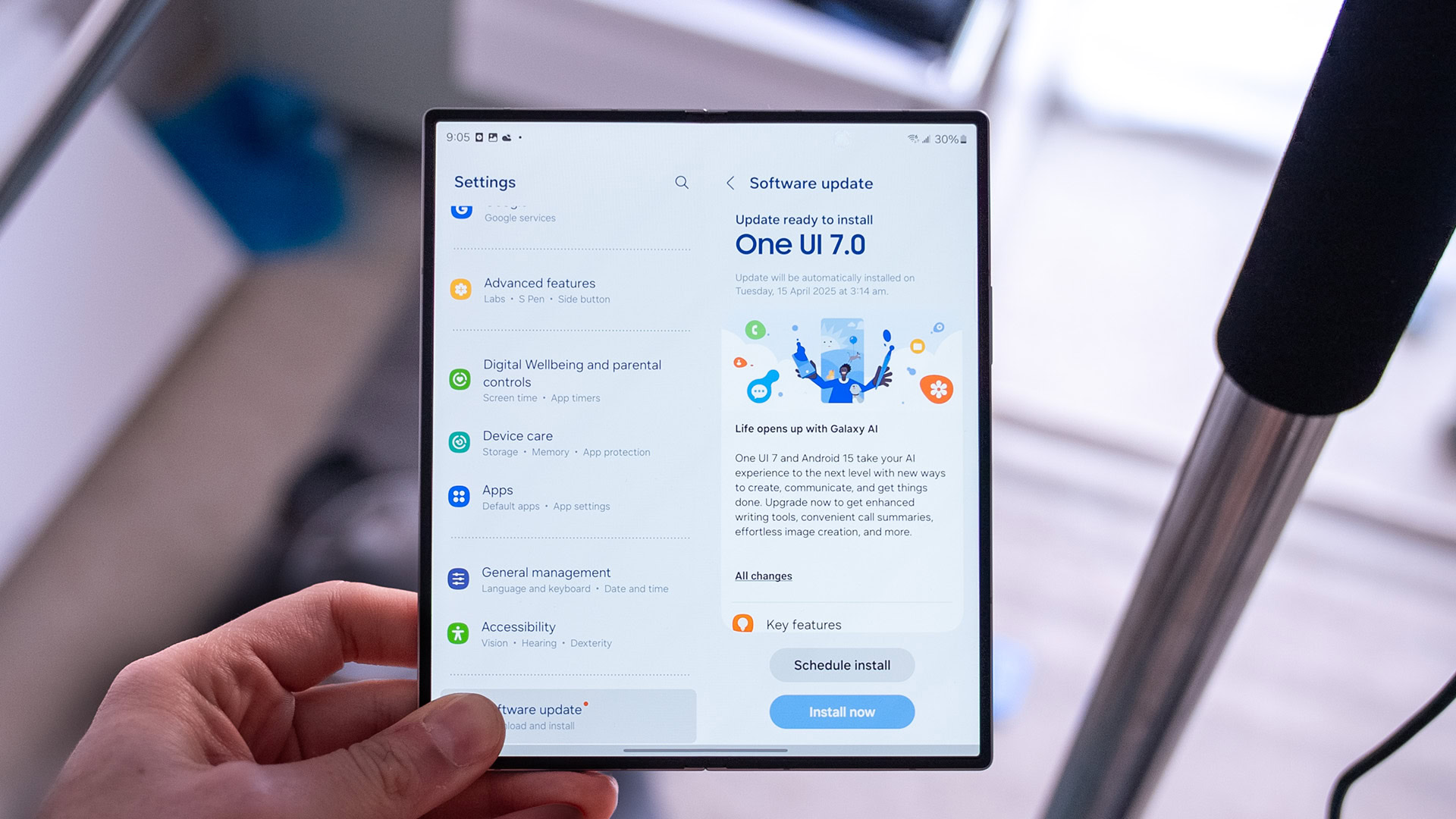When Budget-Friendly Kitchen Design Makes the Most Sense

In the realm of home improvement, the kitchen is often the most expensive room to renovate. From custom cabinetry and stone benchtops to high-end appliances and luxurious lighting, costs can quickly add up. But here's the truth: a stunning, functional kitchen doesn't have to break the bank. In fact, there are many scenarios where a budget-friendly kitchen design makes the most sense—both practically and financially.
Whether you're renovating an investment property, updating your home on a tight budget, or simply prefer smart spending over lavish splurges, this guide will walk you through everything you need to know about affordable kitchens design—when it’s the right choice, how to approach it, and what key decisions will help you save money without sacrificing style or quality.
Understanding Budget-Friendly Kitchen Design
What Is Budget-Friendly Kitchen Design?
Budget-friendly kitchen design refers to an approach where the focus is on cost-effective solutions, smart materials, and creative choices that maximize function and visual appeal without overspending. It doesn't mean “cheap” or low-quality—it simply means thoughtful planning, prioritizing what matters most, and trimming costs where possible.
When Does Budget Kitchen Design Make the Most Sense?
There are several scenarios where opting for a more affordable kitchen design is not only smart but also highly beneficial.
1. When Renovating an Investment Property
If you’re flipping a house or renting out a unit, it rarely makes sense to spend top dollar on a designer kitchen. A budget-conscious kitchen renovation will still improve the property’s appeal and increase its value—without cutting too deep into your profit margin.
Why it works:
-
Tenants and buyers appreciate updated kitchens, but most won't expect premium finishes.
-
Durable yet affordable materials like laminate and flatpack cabinets are easier to maintain.
-
You can complete the renovation faster, meaning quicker turnaround for rental income or resale.
2. When You’re on a Tight Household Budget
Raising a family, paying off a mortgage, or saving for the future? A low-cost kitchen makeover helps improve your lifestyle now without delaying your financial goals.
Why it works:
-
Keeps renovation expenses within reach.
-
You can upgrade in stages (start with benchtops or doors, then flooring later).
-
Smart design choices can still result in a stylish and highly usable kitchen.
3. When You're Living in a Temporary Home
If you’re not planning to stay in your current home long-term, it may not be worth investing in a luxury kitchen. Instead, go for an affordable kitchen refresh that enhances usability while you're there and helps sell the home later.
Why it works:
-
Simple updates like repainting cabinets or replacing handles can freshen up the look.
-
Keeps your resale strategy flexible.
-
You avoid sinking too much money into a space you’ll soon leave.
4. When You’re Downsizing or Retiring
In the later stages of life, many homeowners downsize and prioritize practicality and comfort over opulence. A cost-effective kitchen design is a wise choice when you're planning for retirement or moving to a smaller home.
Why it works:
-
Smaller kitchens require fewer materials—lowering costs naturally.
-
Efficient layouts and easy-to-clean finishes are more important than luxury.
-
You can allocate savings to other areas, like travel or healthcare.
Key Elements of a Budget-Friendly Kitchen Design
Now that we’ve established when it makes sense to go budget-friendly, let’s explore how to do it effectively.
1. Cabinetry: Choose Flatpacks or Modular Systems
Cabinets are typically the most expensive part of any kitchen. Going budget-friendly means opting for ready-made or semi-custom cabinetry.
Options:
-
Flatpack cabinets: DIY-friendly, affordable, and available from major retailers like IKEA or Bunnings.
-
Laminate doors: Durable, easy to clean, and come in a variety of styles.
-
Melamine boards: Budget-friendly and moisture-resistant.
Pro Tip: Stick with standard sizes and simple shapes to reduce installation costs.
2. Benchtops: Save with Smart Surface Choices
Luxury surfaces like marble or quartz may look stunning, but they come with a hefty price tag. Budget options have improved dramatically in both appearance and durability.
Affordable alternatives:
-
Laminate benchtops: Available in stone and timber-look finishes.
-
Butcher block/wood: Warm and stylish, but requires maintenance.
-
Compact laminate: Ultra-thin, modern, and hard-wearing.
Pro Tip: Keep your benchtop layout simple—avoiding curves and waterfall edges can save you hundreds.
3. Splashbacks: Design Impact Without the Expense
The right splashback design can elevate your kitchen's look while staying cost-effective.
Budget splashback ideas:
-
Subway tiles: Timeless and affordable, especially in ceramic.
-
Acrylic panels: Easy to install and maintain.
-
Laminate splashbacks: Match your benchtop for a seamless look.
Pro Tip: Install the splashback only where it’s truly needed—above the cooktop and sink.
4. Appliances: Prioritize Essentials
It’s tempting to go for the latest smart fridge or designer range hood, but mid-range appliances often provide similar performance at a fraction of the cost.
Tips:
-
Shop end-of-line or clearance sales.
-
Look for package deals (oven, cooktop, rangehood).
-
Focus on energy-efficient models to save money long-term.
5. Flooring: Cost-Effective and Durable
Flooring is a major surface area, so it can eat into your budget quickly.
Budget-friendly flooring options:
-
Vinyl planks or sheets: Water-resistant, soft underfoot, and stylish.
-
Laminate flooring: Tough and available in wood finishes.
-
Polished concrete (if already part of the structure): Minimalist and low-maintenance.
Design Tips for a Stylish, Budget-Friendly Kitchen
Use a Neutral Color Palette
A soft, neutral color scheme not only looks clean and modern but also helps small kitchens feel larger. Whites, greys, and light woods are timeless and pair well with affordable materials.
Stick to a Simple Layout
Avoid complex kitchen shapes like curved peninsulas or irregular islands. The L-shape or galley kitchen design is efficient and cost-effective.
Mix and Match Materials
Use higher-end materials in key focal points and budget materials elsewhere. For example:
-
A stone island benchtop paired with laminate perimeter counters
-
Feature splashback tiles only above the stove, with budget panels elsewhere
Reuse What You Can
If the bones of your kitchen are good, keep what works:
-
Paint existing cabinet doors
-
Retain plumbing locations
-
Update just the benchtop or splashback
This approach—known as a cosmetic renovation—can yield dramatic results for minimal cost.
Mistakes to Avoid in Budget Kitchen Design
Even with cost savings in mind, there are a few common pitfalls to watch out for:
Going Too Cheap on Essentials
Don’t skimp on things that matter for daily use—like drawer runners, hinges, or tapware. Poor-quality components may cost more in repairs down the track.
Overlooking Storage
It’s tempting to minimize cabinets to save money, but poor storage creates long-term frustration. Instead:
-
Add budget-friendly open shelving
-
Use drawer organizers and pull-out racks
Ignoring Lighting
Kitchen lighting is often an afterthought, but it makes a huge impact. A budget-friendly update might include:
-
LED strip lights under cabinets
-
Simple pendant lights above the island
-
Bright task lighting above the cooktop
Real-Life Examples: Budget Kitchens That Work
Case Study 1: Budget Renovation in a Rental Apartment
A landlord in Melbourne transformed an outdated 1980s kitchen into a modern space for under $6,000 using:
-
Flatpack cabinetry from Bunnings
-
White subway tile splashback
-
Laminate benchtop
-
Mid-range stainless appliances
Result: Increased rental yield and quicker tenant turnover.
Case Study 2: First-Time Homebuyers on a Budget
A young couple created a functional and beautiful kitchen using:
-
DIY-installed IKEA cabinets
-
Open timber shelves from a local hardware store
-
Simple white paint and black handles for contrast
Result: A stylish, Scandi-inspired kitchen for under $10,000.
How to Plan Your Budget-Friendly Kitchen
Step 1: Set a Realistic Budget
Work out your total spend, including contingency (typically 10–15%). Break it down into:
-
Cabinets
-
Benchtops
-
Appliances
-
Trades (plumbing, electrical, installation)
-
Extras (splashbacks, lighting, handles)
Step 2: Prioritize Needs Over Wants
Rank items based on functionality and impact. Spend more where it counts—like drawers or benchtops—and save on non-essentials.
Step 3: Shop Smart
-
Look for factory direct showrooms or clearance warehouses.
-
Explore online marketplaces for second-hand or ex-display items.
-
Ask for trade discounts or bundle deals.
Conclusion: Smart Design Doesn’t Have to Be Expensive
When approached thoughtfully, a budget-friendly kitchen design can be just as stunning and effective as a high-end renovation. By knowing when to go affordable, making smart material choices, and focusing on what really matters—functionality, durability, and comfort—you can create a space you love, even on a limited budget.
Whether you're flipping homes, preparing to rent, downsizing, or just being money-conscious, now is the perfect time to explore the world of cost-effective kitchen solutions. A great kitchen isn’t about how much you spend—it’s about how well you design within your means.
What's Your Reaction?
 Like
0
Like
0
 Dislike
0
Dislike
0
 Love
0
Love
0
 Funny
0
Funny
0
 Angry
0
Angry
0
 Sad
0
Sad
0
 Wow
0
Wow
0






















































